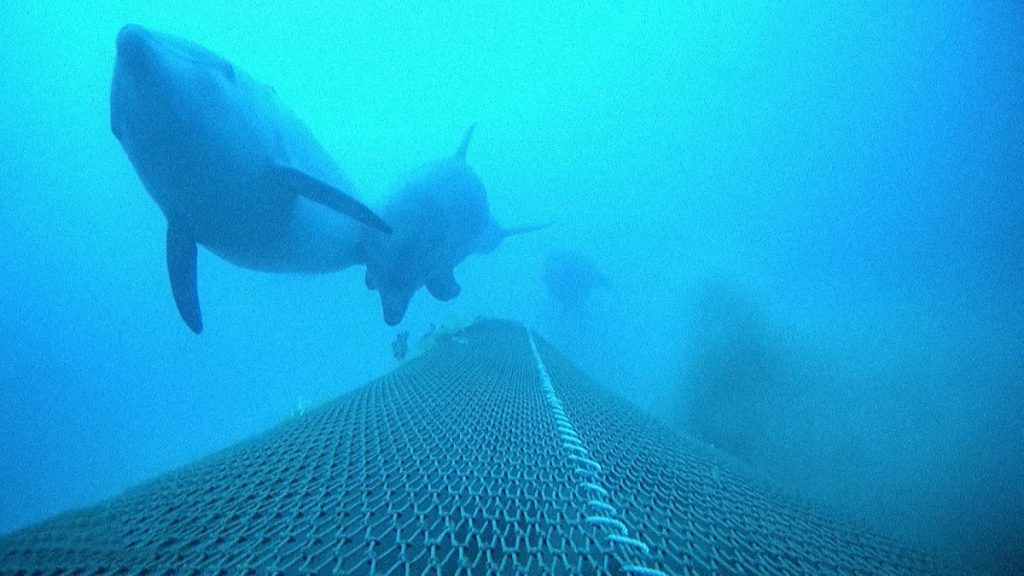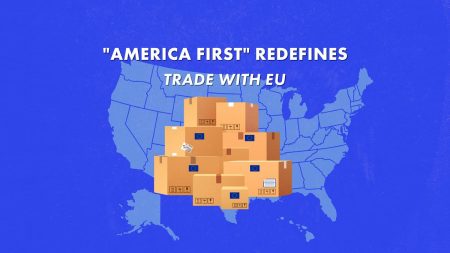The Bay of Biscay, a vital fishing ground in the Atlantic Ocean, faces a critical dilemma: balancing the economic needs of its fishing industry with the imperative to protect its significant dolphin population. Approximately 200,000 dolphins call these waters home, yet a disturbing surge in strandings, many bearing the grim marks of entanglement in fishing nets, has sparked alarm among scientists and environmentalists. This escalating crisis has forced authorities to grapple with difficult choices, implementing measures that while aimed at conservation, inflict economic hardship on the very communities they are designed to protect. The resulting tension underscores the complex interplay between human activity and the delicate marine ecosystem.
In response to the rising dolphin mortality, the French government, with subsequent backing from the European Union, imposed a month-long fishing ban during the winter months, a period crucial for the fishing industry. This ban, affecting vessels over eight meters in length, aims to reduce the risk of dolphins becoming accidentally entangled in fishing gear. While this measure is intended to safeguard these marine mammals, it has sparked considerable controversy and frustration among the fishing community, who argue that they are being unfairly burdened with the responsibility for the strandings and that their efforts to mitigate bycatch are being overlooked.
Fishermen in the Bay of Biscay, already navigating a challenging and unpredictable profession, contend that they are at the forefront of efforts to minimize accidental catches. Many have invested in preventative measures, equipping their vessels with acoustic deterrents and reflectors designed to ward off dolphins and prevent entanglements. They express frustration that these efforts, coupled with their deep-rooted respect for the marine environment they depend on, are not adequately acknowledged in the narrative surrounding dolphin deaths. Furthermore, the compensation offered by the government, while covering a significant portion of lost income, fails to fully address the financial repercussions of the ban, particularly during a peak fishing season often exacerbated by unfavorable weather conditions.
The economic ramifications of the fishing ban extend far beyond the fishermen themselves, creating a ripple effect throughout the coastal communities. Fish auctions, fishmongers, transport services, and ship repair businesses, all integral parts of the local economy, suffer from the reduced activity. This interconnectedness highlights the delicate balance between environmental protection and economic stability, a balance that becomes increasingly precarious as conservation measures impinge upon livelihoods. Fishermen express anxieties about the long-term viability of their businesses under the shadow of recurring bans and the uncertainties surrounding future regulations. The precariousness of their situation underscores the need for a more comprehensive and sustainable approach that addresses both conservation and economic concerns.
Scientific investigations into the escalating dolphin strandings are ongoing, and while the fishing ban has shown some correlation with reduced dolphin deaths during its enforcement period, researchers acknowledge that other factors are at play. The observed decrease in mortalities both before and after the ban suggests a more complex picture than simple cause and effect. Scientists are exploring potential links between accidental catches and climate change, hypothesizing that shifting dolphin feeding patterns, driven by environmental changes, may bring them closer to coastal areas and into more frequent contact with fishing vessels.
The situation in the Bay of Biscay serves as a stark illustration of the difficult compromises required to achieve sustainable fishing practices. The challenge lies in finding a harmonious equilibrium between the need to feed a growing global population and the equally vital imperative to protect fragile marine ecosystems. This delicate balancing act necessitates a multifaceted approach involving continued scientific research, open dialogue between stakeholders, including fishermen, scientists, and policymakers, and the development of innovative solutions that address both conservation goals and the economic well-being of fishing communities. Ultimately, the goal is to ensure the long-term health of the ocean and the livelihoods that depend on it, a goal that requires understanding, collaboration, and a commitment to finding common ground.














